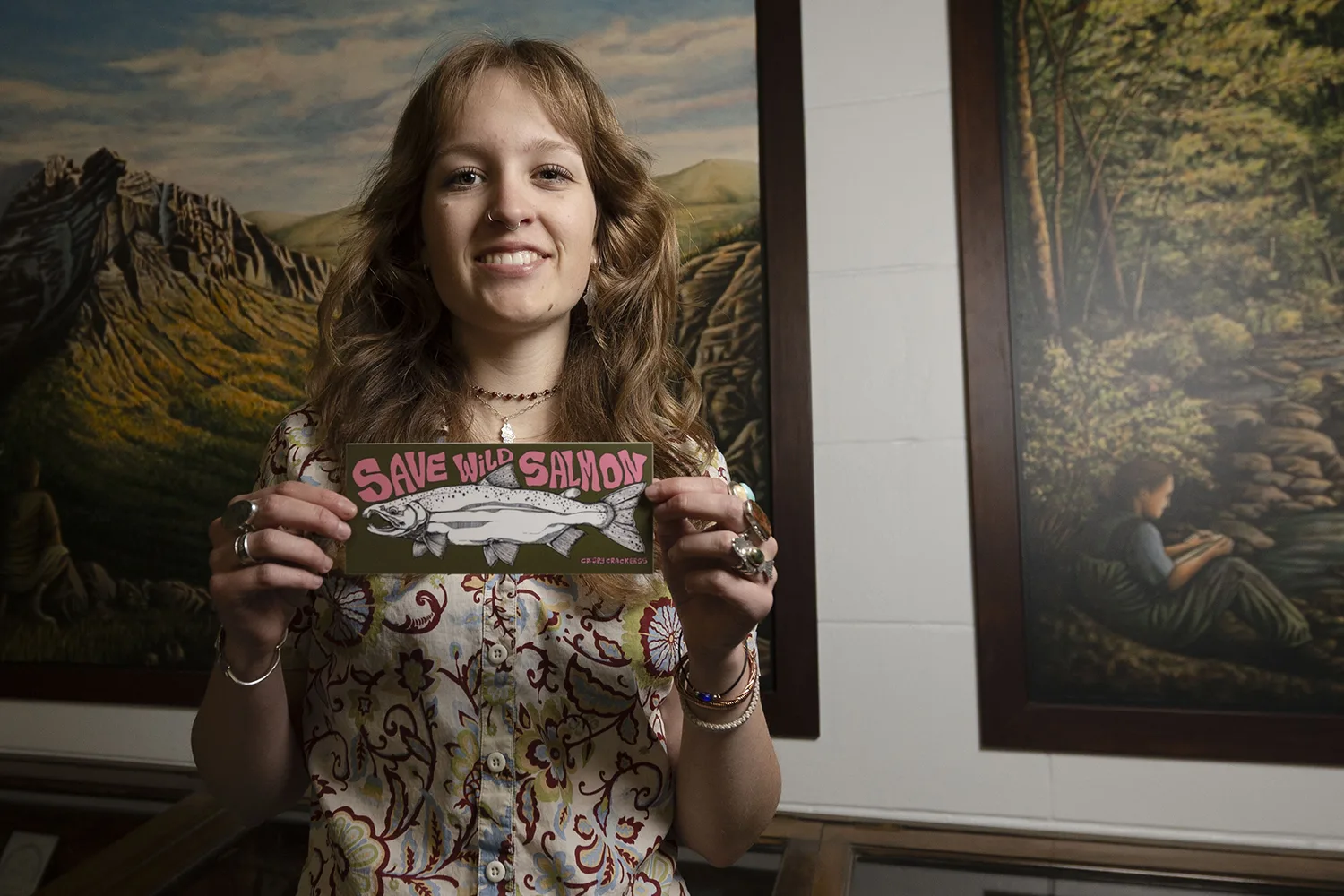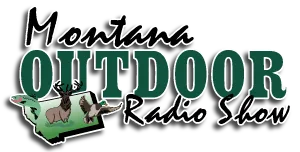By Libby Riddle, UM News Service
MISSOULA – University of Montana student Ayla Kaltenecker grew up hearing stories about Lonesome Larry, the lone sockeye salmon to return to Redfish Lake in 1992. Larry traveled over 900 miles from the Pacific Ocean to his spawning grounds in Stanley, Idaho, only to discover he was the only sockeye salmon to survive the journey.
“The lake is called Redfish Lake because it used to have so many sockeye salmon that the lake looked red,” Kaltenecker said. “And then that year there was only Larry.”
Lonesome Larry stuck with Kaltenecker throughout her childhood and later would shape her as both a scientist and an artist. Now studying wildlife biology and media arts at UM, she blends her passions to find creative ways to engage people in conversations about salmon populations and the future of western rivers.
Kaltenecker grew up in Boise, three hours southwest of Larry’s lake, which is a hotbed for salmon conservation. Despite this, she said her passion for fisheries was an accident.
She spent most of her childhood immersed in bird biology thanks to her parents, who are ornithologists at Boise State University and Idaho Fish and Game. But her career trajectory shifted when she joined the Hutton Junior Fisheries Biology Program, an internship program for high school students through the American Fisheries Society. Kaltenecker spent eight weeks immersed in Idaho’s fisheries, learning research techniques and the biggest impacts on Idaho’s fish populations.
“I didn’t think I liked fish, but I was hooked – pun intended,” Kaltenecker said.
Her early experience with fisheries not only gave her a leg up in her career, it deeply influenced her as an artist. Kaltenecker had always been a creative kid inspired by the field guides and bird books her parents left around the house. As she grew up, she realized the potential for her art to teach and communicate biological concepts. She took every advanced placement art course her high school offered and learned to explore big questions and ideas through her body of work.
“I started drawing fish, and I realized there was a lack of people creating art around fish conservation,” Kaltenecker said. “I realized fish are really marketable. People care about fish.”
In her senior year of high school, Kaltenecker began experimenting with digital illustration to create marketable products. She designed stickers promoting salmon conservation with phrases like “Save Wild Salmon” and “Give a Dam!” and created a website to sell them. Her stickers sold out immediately.
“I was not prepared for the amount of traction I got,” she said. “Overnight my art Instagram account went from 100 followers to 45,000. And that was very odd because I only recently turned 18. Before that, I was a child with over 60,000 followers.”
Now a rising sophomore at UM in Missoula, Kaltenecker has kept up with her sticker shop while balancing coursework. In both her majors, she explores declining salmon populations and the barriers these fish face during their annual migrations to their spawning habitats. Salmon are anadromous, meaning they have to use both fresh and saltwater at various points in their life cycle.
“A little fish going out to the ocean and being able to come all the way back is difficult enough without any barriers,” Kaltenecker said. “And then you add dams and reservoirs, which create physical barriers and increase water temperatures and the risk of disease.”
Kaltenecker has her finger on the pulse of fisheries issues throughout the West. She creates art around the push to remove the lower Snake River dams – a cause she champions for its potential to restore salmon runs like Lonesome Larry’s. She’s also interested to see the results of the recent dam removals on the Klamath River in Oregon and California.
“This is the first summer there will be crews going out to look at salmon recruitment in these previously inaccessible streams,” she said.
This summer is Kaltenecker’s third season working on a fisheries crew. This time she works for the Idaho Power Company focused on bull trout and white sturgeon. She’ll also use the summer to brainstorm ideas for her senior thesis research project while making lots of art in the field.
“I think it would be amazing to create a joint project that combines wildlife biology and art in an interdisciplinary way,” Kaltenecker said. “Double majoring at UM allows me to bridge the data-driven nature of science and the fluid nature of art.
“Art is such a powerful tool to influence people’s opinions and perceptions of specific issues,” Kaltenecker added. “I don’t take it lightly that I have such a large audience. I view it as a responsibility. I want people to come to their own opinions. So even if I might be pushing for the removal of the Snake River dams, I’m also working for the power company that’s in charge of them. It’s not about creating enemies – it’s about the species.”
As she balances research, art and advocacy, Kaltenecker is creating a path for herself at UM where science and creative expression work hand in hand. Her passion for the species she studies is visible in every brushstroke and line of ink. With every sticker sold, she hopes to spark conversations about the future of rivers in the West and the fish species that depend on them.
“In the way I think about it, art is the thing that can allow people to bridge the gaps between big complex issues and their understanding of solutions,” Kaltenecker said. “I want to help make those connections.”



